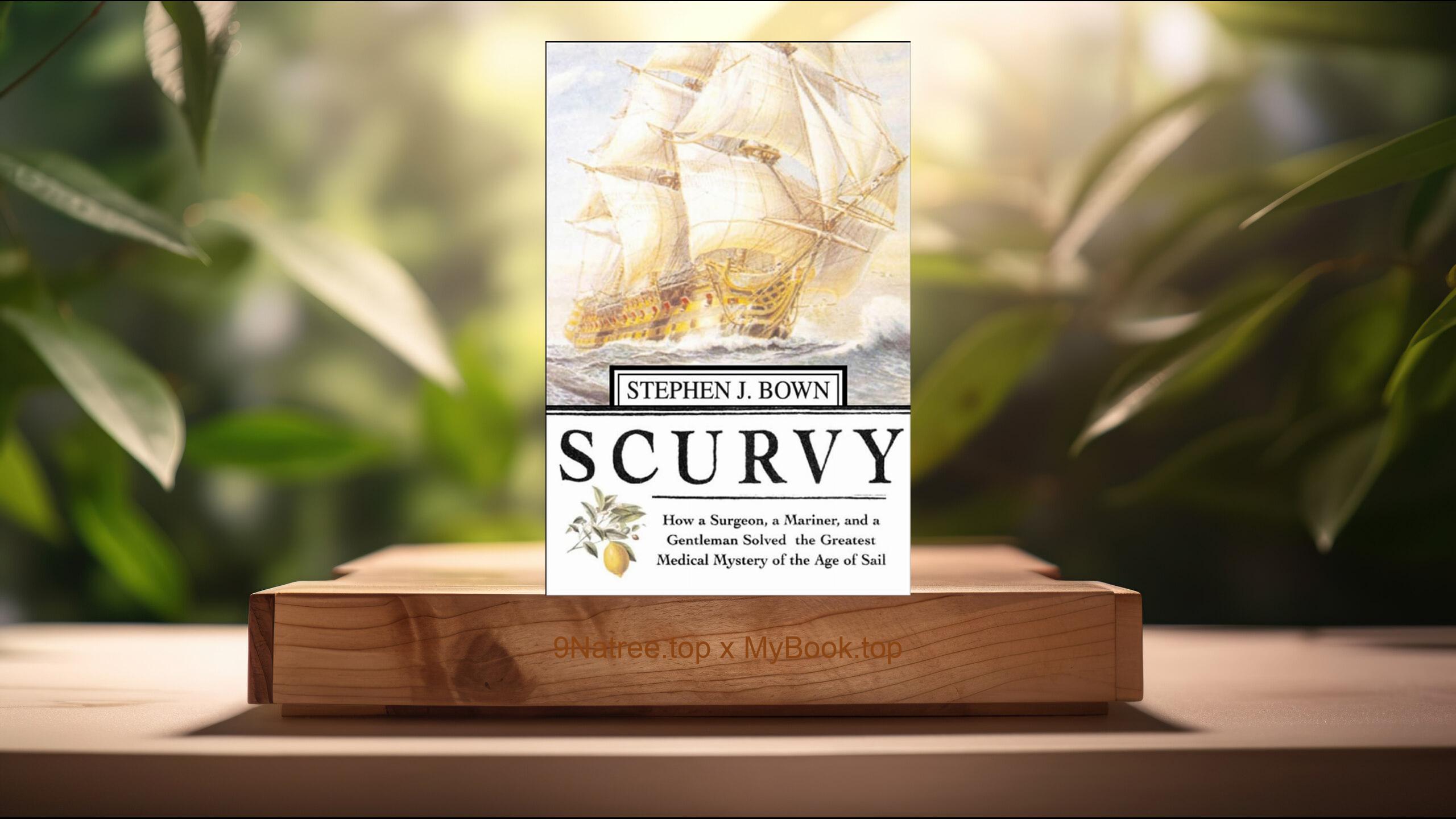Show Notes
- Amazon USA Store: https://www.amazon.com/dp/B000FCK206?tag=9natree-20
- Amazon Worldwide Store: https://global.buys.trade/Genghis-Khan-and-the-Making-of-the-Modern-World-Jack-Weatherford.html
- Apple Books: https://books.apple.com/us/audiobook/study-guide-genghis-khan-and-the-making-of-the/id1516039407?itsct=books_box_link&itscg=30200&ls=1&at=1001l3bAw&ct=9natree
- eBay: https://www.ebay.com/sch/i.html?_nkw=Genghis+Khan+and+the+Making+of+the+Modern+World+Jack+Weatherford+&mkcid=1&mkrid=711-53200-19255-0&siteid=0&campid=5339060787&customid=9natree&toolid=10001&mkevt=1
- Read more: https://mybook.top/read/B000FCK206/
#GenghisKhan #MongolEmpire #PaxMongolica #SilkRoad #JackWeatherford #GenghisKhanandtheMakingoftheModernWorld
These are takeaways from this book.
Firstly, Reframing Genghis Khan as Builder and Lawgiver, Weatherford recasts Genghis Khan as more than a conqueror, emphasizing his role as a system builder who forged unity across fractious steppe societies and diverse conquered populations. Central to this reappraisal is the legal and administrative framework often referred to as the Yassa, which emphasized order, discipline, and protection of trade and diplomacy. Promotion by merit over birth, strict prohibitions on the mistreatment of envoys, and the codification of responsibilities within military and civil life helped stabilize a rapidly expanding empire. Weatherford also examines Mongol attitudes toward women, who held significant authority in domestic, economic, and sometimes political spheres, shaping succession and stewardship while commanders were afield. The author situates these policies in the broader context of Mongol pragmatism, where innovation and efficiency trumped aristocratic custom. By foregrounding these elements, the book challenges portrayals that focus solely on destruction, arguing that institution building and legal standardization underpinned Mongol success. This reframing invites readers to see Genghis Khan as a leader whose governance practices had durable consequences for Eurasian statecraft and commerce.
Secondly, Unification of the Steppe and Military Transformation, The narrative follows Temujin’s transformation into Genghis Khan through strategic alliances, decisive betrayals, and a clear vision for unifying warring tribes. Weatherford highlights organizational reforms that revolutionized warfare: the decimal system of units, promotion based on performance, coordinated feigned retreats, and unparalleled mobility on horseback. Logistics and discipline allowed relatively small forces to outmaneuver larger, static armies across vast distances. Intelligence gathering, rapid communication, and the incorporation of defeated foes into new command structures created a flexible, multiethnic force. The Mongols embraced new technologies and siege tactics learned from engineers captured or recruited from China and Central Asia, blending steppe cavalry doctrine with advanced artillery and sapping methods. These changes were not merely military; they knit together disparate communities through shared service and reward, weakening tribal factionalism. Weatherford underscores that Mongol conquest was inseparable from state formation, where battlefield effectiveness served a larger political design. The result was not only an empire of stunning geographic scale, but also a durable template for command, logistics, and adaptability that influenced later imperial powers.
Thirdly, Pax Mongolica, Trade Networks, and the Postal Relay, Weatherford argues that Mongol rule fostered a commercial and diplomatic order often called the Pax Mongolica. The empire secured long distance caravan routes, standardized transit permissions, and enforced safety for merchants across thousands of miles. A hallmark of this system was the yam, a relay network of stations, horses, provisions, and messengers that connected the steppe to major cities. The paiza, a metal pass, granted rights of passage and access to resources, streamlining movement for officials and traders. This infrastructure lowered transaction costs, expanded markets, and accelerated the flow of textiles, spices, metals, and precious knowledge. Mongol administrators conducted systematic censuses, rationalized taxation, and harmonized weights and measures, reducing friction among regional economies. Weatherford shows how these measures amplified the Silk Road into a truly integrated artery that linked China, Persia, the Levant, and parts of Europe. By protecting diplomats and codifying penalties for violations, the Mongols normalized diplomatic practice and interstate negotiations. The cumulative effect was a boom in exchange that spread technologies, scientific ideas, and commercial practices across Eurasia with a speed and scale previously unseen.
Fourthly, Religious Tolerance and Multicultural Governance, A defining feature of Mongol administration, as presented by Weatherford, was institutionalized religious tolerance. The empire exempted many clerics and scholars from taxation and encouraged dialogue among Buddhists, Muslims, Christians, and Daoists. This policy was not merely idealistic; it stabilized diverse populations and secured the expertise of translators, physicians, and engineers. Mongol rulers staffed courts with administrators from many lands, leveraging talent regardless of origin and balancing local autonomy with imperial oversight. Ambassadors enjoyed protected status across frontiers, and legal norms punished interference with envoys or caravans. The court hosted interfaith debates, and rulers sought practical knowledge from multiple traditions, whether for medicine, calendrics, or agriculture. Weatherford contends that this inclusive ethos enabled a cosmopolitan administration that adapted to local conditions while maintaining core standards of order and revenue collection. The presence of multiethnic elites in chancelleries and fiscal bureaus fostered innovation in record keeping and policy. By valuing competence over lineage, the Mongol state anticipated more modern notions of pluralism and civil service, demonstrating how tolerance can function as a strategic pillar of governance.
Lastly, Technology, Knowledge Transfer, and the Roots of Modernity, Weatherford links Mongol connectivity to the spread and standardization of key technologies and institutions. Under Mongol rule, paper currency and printing expanded in East Asia, while gunpowder, compass navigation, and advanced metallurgy circulated more widely across Eurasia. The empire facilitated the movement of scholars, artisans, and texts, enabling cross fertilization in medicine, astronomy, cartography, and mathematics. Administrative practices such as passports, relay mail, and census based taxation became models for later states. Kublai Khan’s Yuan regime refined monetary and bureaucratic systems that influenced neighbors and successors. In the West, expanded access to Eastern goods and knowledge contributed to commercial growth and eventually to intellectual renewal. Weatherford does not deny the violence of conquest, but he emphasizes the integrative outcomes that created durable channels for exchange. By treating the Mongol moment as a hinge of globalization, the book connects nomadic leadership to modern concepts of open trade, diplomatic immunity, and information networks. Readers come away with a clearer sense of how a mobile empire accelerated the circulation of ideas that underpin contemporary economic and political life.
![[Review] Genghis Khan and the Making of the Modern World (Jack Weatherford) Summarized](https://episodes.castos.com/660078c6833215-59505987/images/2208991/c1a-085k3-6zqndn4ocqwv-nu0htq.jpg)




